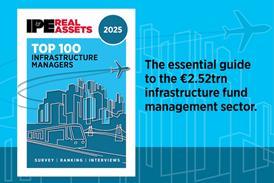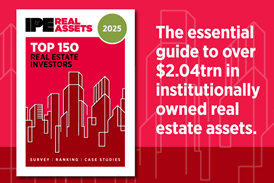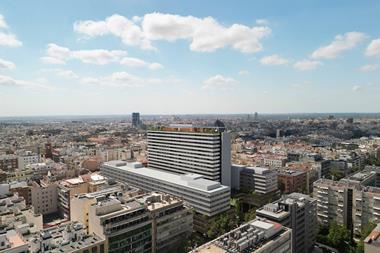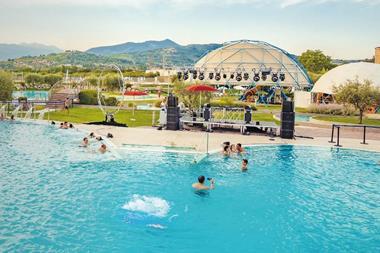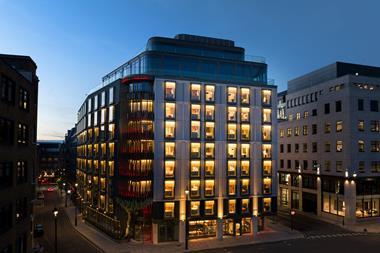Real estate transaction volumes in the Nordics reached a record €43 bn for 2016, according to a new report from Pangea Property Partners. This is an increase of 8% on 2015 and the highest level ever recorded for the Nordic commercial property market.
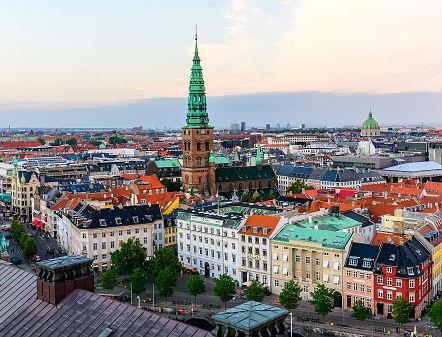
'The Nordic property market is now growing towards 20% of the total European market. With more than 6% of the entire stock turned over, it is probably the most liquid region in Europe,' commented Bård Bjølgerud, CEO and partner at Pangea Property Partners.
The report noted that the result contrasted with a weak general trend in Europe following the Brexit vote.
Growth in the Nordics has been mainly driven by the Swedish market, which is expected to reach a transaction volume of €22.2 bn in 2016, an increase of 42% year on year. Pangea said it would be the first time Swedish volumes surpassed the record figures recorded in 2007.
The Finnish and Danish markets also recorded solid growth, with Finland setting a new record. Norwegian volumes are markedly down from a very strong 2015, but it is still the second largest market in the Nordics.
The largest sector in 2016 was residential, accounting for 29% of the Nordic transaction volume, followed by offices, accounting for 27%, and retail, accounting for 18%. The average deal size increased from around €43 mln to €46 mln.
'The hot sector this year is definitely residential, and this reflects the situation in the underlying market, characterised by housing shortage and increasing prices. The segment has broadened, with buyers also for secondary assets, development projects and conversions,' said Mikael Söderlundh, head of research and Pangea partner.
In terms of investor categories, listed property companies and institutions were the main net buyers, continuing a trend seen in previous years, while property funds were substantial net sellers. Private companies and the public sector, including municipalities, were also net sellers in 2016. The share of foreign buyers has decreased to 23%, from 36% in 2015.
'We still see strong interest from offshore investors, but competition is hard, with decreasing property yields across all sectors and many active Nordic investors,' added Söderlundh.
The largest capital inflows to the Nordic property market in 2016 came from the US, Germany, Switzerland and the UK.
Among the Nordic countries, Finland was the most popular destination with more than 50% of foreign buyers in 2016.
'We expect the strong demand for Nordic real estate to continue in 2017, driven by stable macroeconomics, rental market growth and many investors re-structuring their portfolios. However, the activity might slow down somewhat as a result of limited supply in the core segment and fear of more expensive financing,' concluded Bjølgerud.
